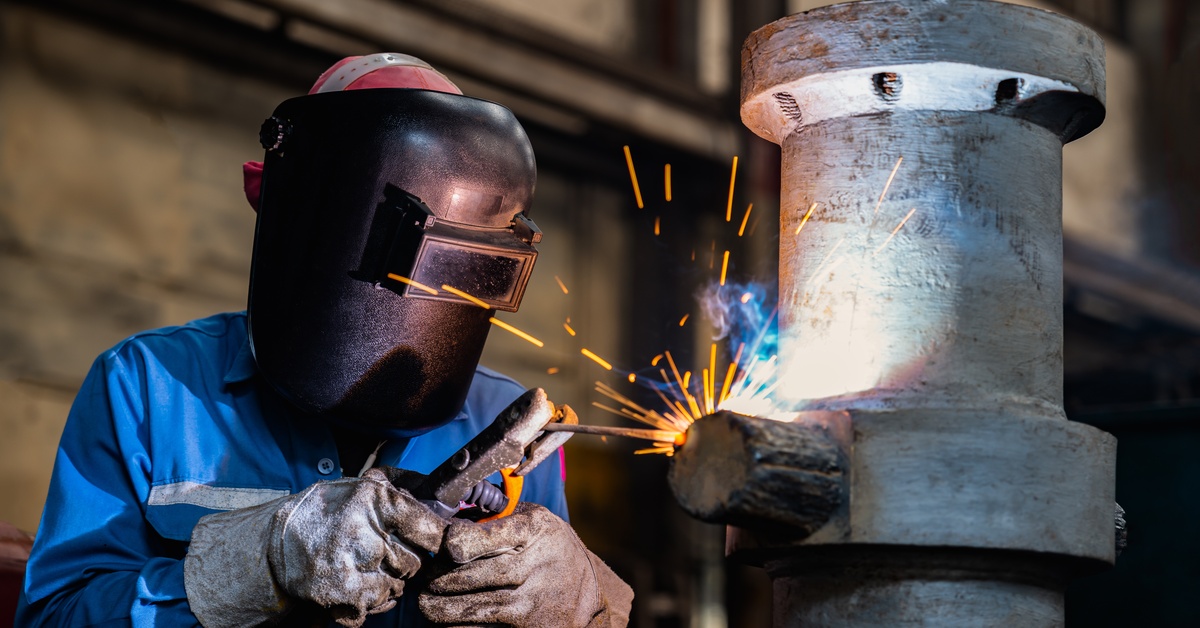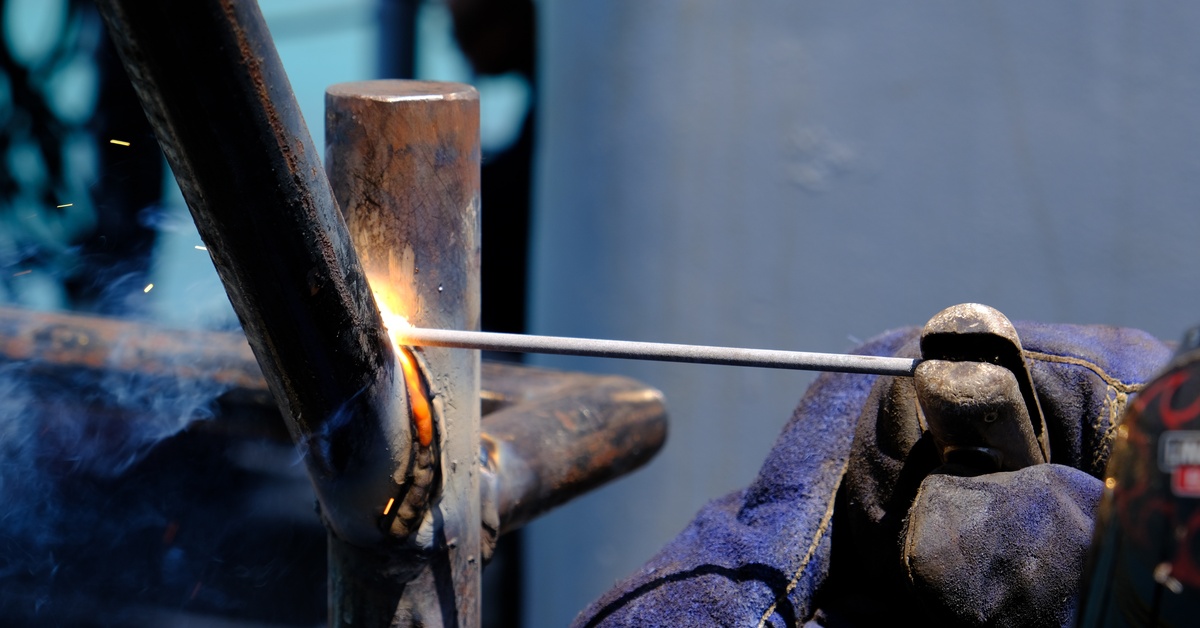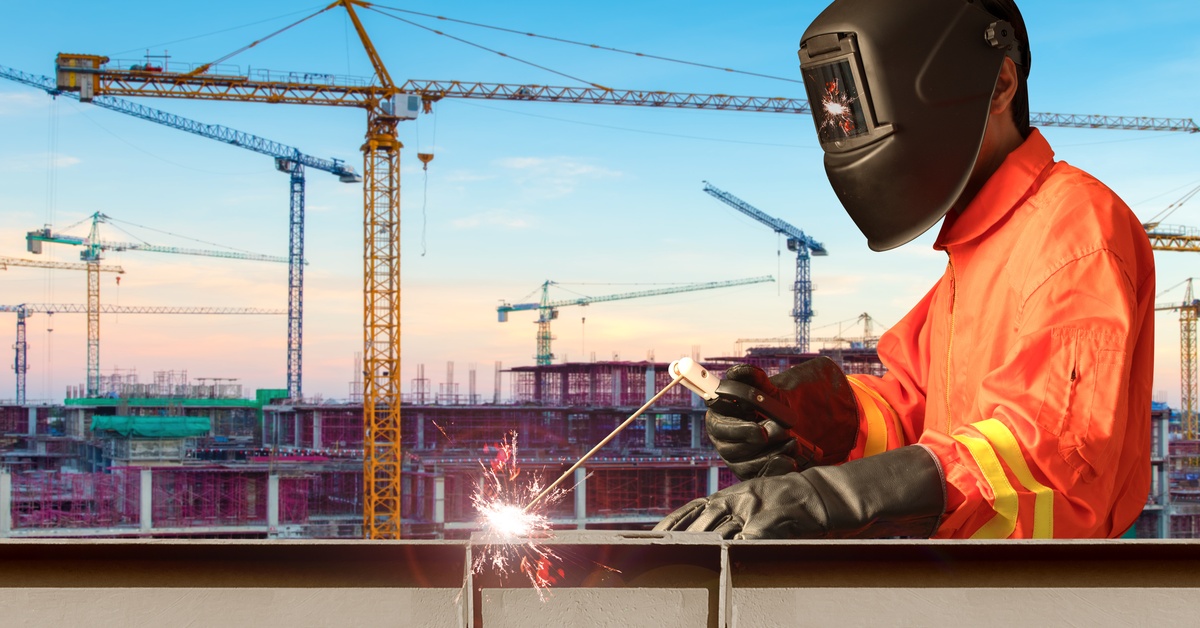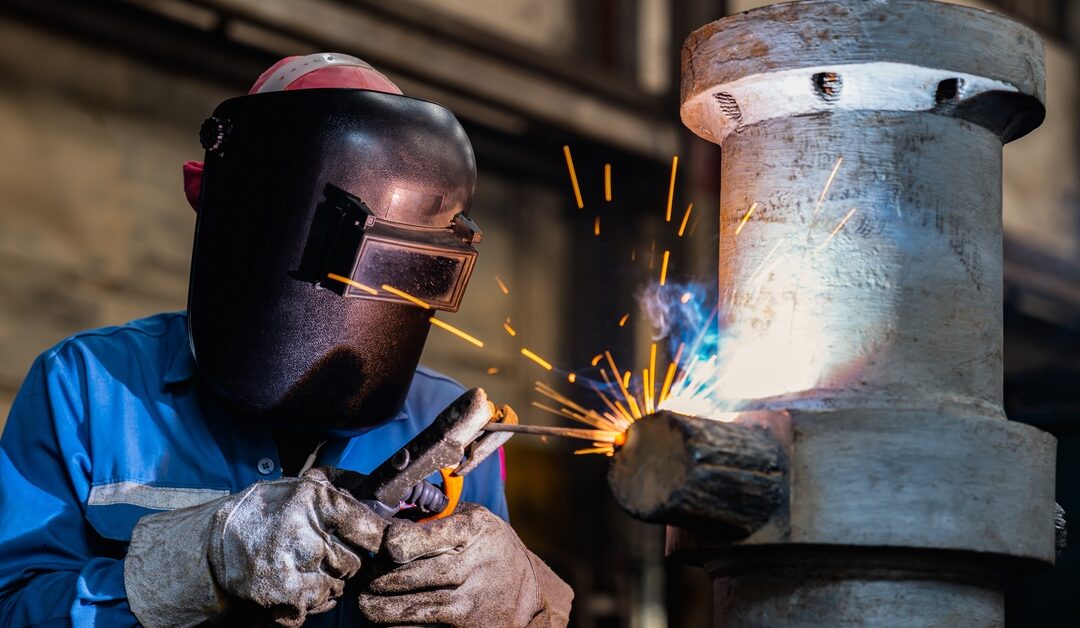
Stick welding, also known as shielded metal arc welding (SMAW), is one of the most popular and versatile welding techniques. Renowned for its simplicity and reliability, stick welding is a trusted choice in industries such as construction, manufacturing, and repair work, as well as in hobby welding.
By using an electrode, or welding “stick,” coated in flux, stick welding creates strong, durable joints, even in challenging environments. This guide will provide you with a solid understanding of how stick welding works, its advantages, and why it remains a fundamental skill for anyone exploring the art and science of welding.
The Basics of Stick Welding
Definition and Terminology
Stick welding is a process that joins metals by melting a consumable electrode rod and the base material. The term “stick welding” derives from the consumable electrode, or “stick,” which serves as both the filler material and the source of the protective flux.
Understanding Key Components
Several key components are required for stick welding to function effectively, including the following:
- Electrode holder: This tool securely grips the consumable electrode and delivers the current needed for welding.
- Power supply: Stick welding utilizes AC (alternating current) or DC (direct current) power supplies, with some machines capable of switching between both for increased flexibility.
- Ground clamp: The clamp connects the welding machine to the workpiece, completing the electrical circuit.
- Consumable rods (electrodes): These rods are coated in flux and play a dual role, acting as the filler material and producing protective gases and slag when melted.
- Flux coating: The flux coating on the consumable rods is essential as it generates a shielding gas to protect the molten weld pool from atmospheric contaminants. It also creates slag, a layer that solidifies over the weld to protect it as it cools.
How It Differs From Other Welding Methods
Stick welding stands out from other welding methods, such as MIG (metal inert gas), TIG (tungsten inert gas), and flux-cored welding, due to its simplicity and portability. Unlike MIG and TIG welding, stick welding doesn’t require an external shielding gas, making it more practical for outdoor use or in challenging conditions where wind and weather could disrupt gas flow.
Additionally, while MIG and TIG welding often require precise equipment settings and advanced techniques, stick welding is more forgiving, making it accessible for both professionals and beginners. Its all-in-one electrode design eliminates the need for additional components, cementing its reputation as a reliable and adaptable welding method.

How Stick Welding Works
The Basic Process
Stick welding uses an incredibly straightforward process to create robust welds.
- The process begins by striking an arc between the stick electrode and the workpiece. This generates intense heat and melts the tip of the electrode.
- As the electrode melts, it forms a molten weld pool where the joint is created. This pool bonds the base metals together as it cools.
- The electrode is coated in flux, which breaks down into gas as the electrode melts. This gas shields the weld pool from contamination in the surrounding atmosphere.
- The flux also creates a layer of slag that solidifies on top of the weld. This slag protects the fresh weld from oxidation as it cools and is removed after the weld is complete.
Power Source and Polarity
The power source for stick welding is either alternating current (AC) or direct current (DC), with each offering distinct advantages for specific applications. AC power sources are typically more affordable and can handle long cable setups, making them ideal for on-site work. DC power sources provide more stable arcs, leading to smoother welds.
When using DC, polarity plays a significant role in heat distribution. DCEP (direct current electrode positive) focuses more heat on the electrode, offering deeper penetration. DCEN (direct current electrode negative) concentrates heat on the workpiece, suitable for thinner materials.
The Applications of Stick Welding
Construction and Structural Welding
Stick welding plays a critical role in construction and structural projects, where strength and durability are paramount. You’ll find workers using it to weld steel beams, pipes, and heavy equipment, all of which are foundational components of buildings, bridges, and industrial structures.
Its portability and ability to perform well in outdoor conditions make it an ideal choice for on-site repairs and outdoor construction projects. Even in challenging weather conditions, such as wind or rain, stick welding maintains reliability, solidifying its position as a trusted method within the construction industry.

Industrial and Repair Work
The versatility of stick welding makes it indispensable for industrial and repair tasks. From agricultural machinery and shipbuilding to heavy vehicles and industrial equipment, this welding method can tackle a wide range of repair and maintenance needs.
Its ability to weld various types of metals and adapt to different thicknesses makes it especially popular among professionals working in maintenance and fabrication. These professionals use stick welding for restoring machinery, fabricating custom components, and more, as it offers a practical and efficient solution for industrial environments.
Artistic and DIY Projects
Stick welding isn’t just for large-scale industrial tasks; it also finds applications in the world of art and home projects. Hobbyists and DIY enthusiasts often use stick welders to create metal sculptures, decorative items, and small-scale repairs around the house.
Its simplicity and affordability make it accessible for those looking to explore creative metalworking or manage household fixes without advanced equipment or specialized environments.
Remote and Challenging Environments
One of the greatest advantages of stick welding is its suitability for remote and challenging locations. Keep in mind that other welding methods rely on shielding gas, whereas stick welding operates independently of external gas supplies. This makes it ideal for areas where such resources may not be available.
Remote worksites, damp conditions, or even high-altitude environments pose few challenges to this welding process. Its capacity to endure and perform consistently under varied environmental conditions ensures that stick welding will remain a go-to option for demanding situations, empowering welders to accomplish tasks in any setting.
Tackle Your Next Welding Project With Muggy Weld
Understanding how stick welding works is an invaluable step toward mastering the craft of welding. Its versatility and reliability make it an essential skill, whether you’re repairing machinery, working on construction projects, or pursuing a hobby.
At Muggy Weld, we’re dedicated to supporting your welding endeavors by offering a wide range of high-quality welding products to meet the demands of both professionals and beginners alike. Explore our collection to equip yourself with tools that bring your welding projects to life.

